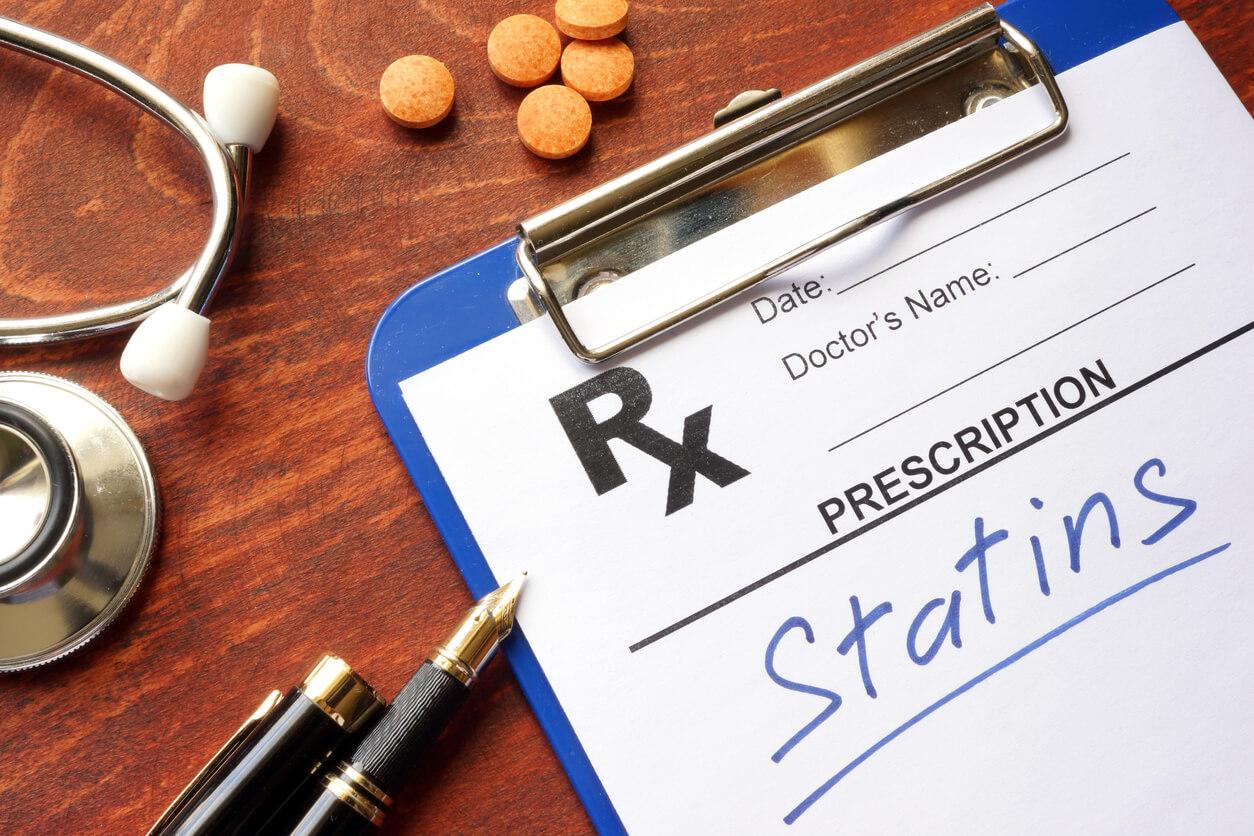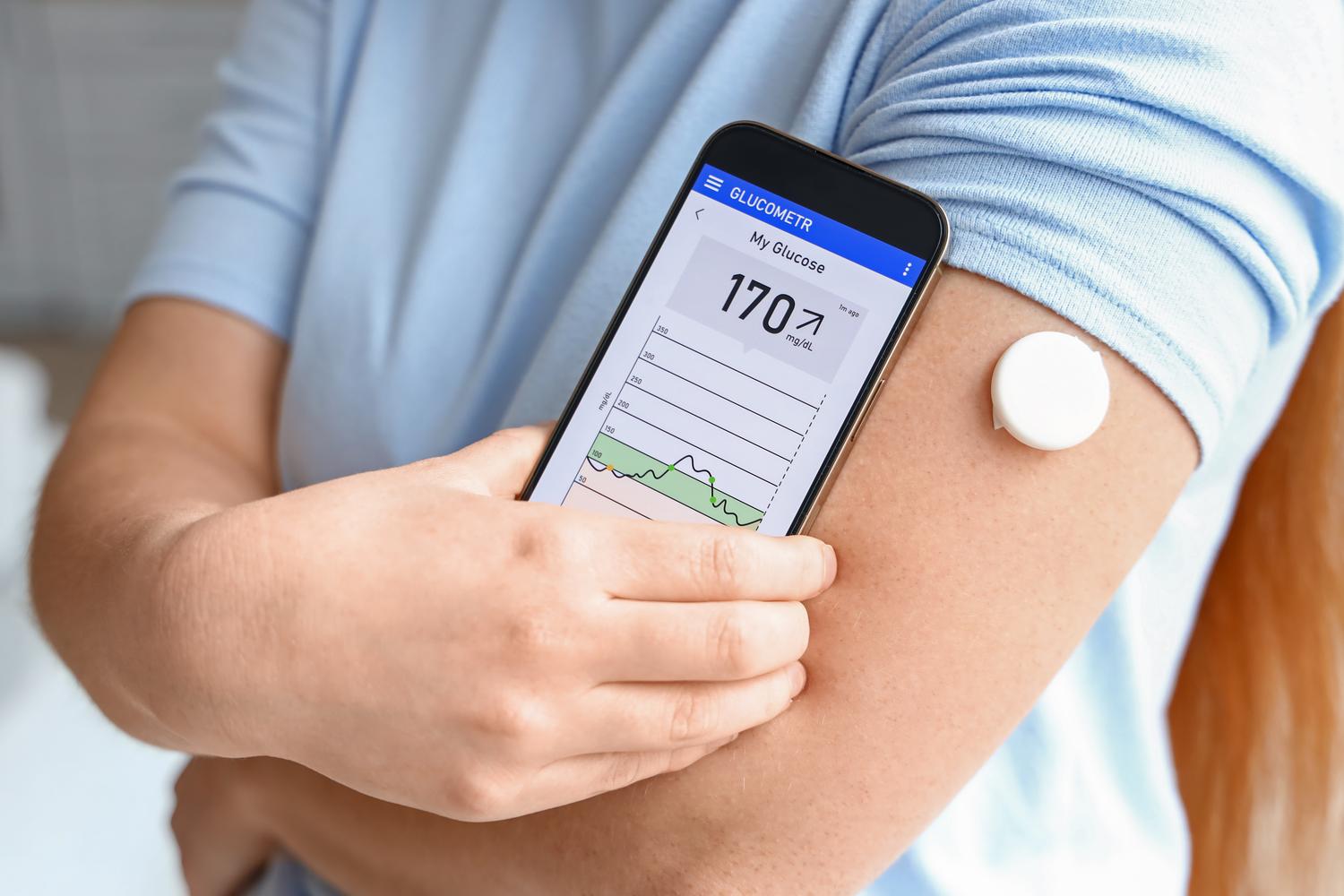High Cholesterol Education: Symptoms, Causes, and Treatment
Key Takeaways
- High cholesterol is often symptomless; the best way to measure your cholesterol is via a lipid panel
- The most common causes of high cholesterol are typically related to lifestyle factors like smoking, lack of physical activity and a poor diet, but genetics and certain medications can affect your cholesterol levels as well
- Managing high cholesterol often involves a combination of lifestyle adjustments (improved diet, more exercise, reducing your alcohol intake, etc) alongside medication if necessary
High cholesterol (hyperlipidemia) is one of the most prevalent and dangerous medical conditions worldwide. An estimated 86 million Americans have high cholesterol levels.
Unfortunately, high cholesterol is hard to detect on its own. It is often called a “silent killer” because it usually doesn’t cause any symptoms. Those with the condition may not even know they have it. Fewer still receive treatment for it. Because of this, it’s essential to understand what high cholesterol is, along with the differences between good and bad cholesterol. It’s also important to know what causes high cholesterol - and how to treat it.
Understanding good cholesterol vs. bad cholesterol
Cholesterol is a form of lipid, a waxy, fatty substance that helps your body make cells, vitamins, and hormones. Your body needs some cholesterol to function properly. However, not all cholesterol is the same. Your body’s cholesterol levels are made up of two types of cholesterol: high-density lipoproteins (HDLs) and low-density lipoproteins (LDLs).
The HDLs are often referred to as good cholesterol. They take excess cholesterol back to the liver, where they are broken down and flushed from the body. In other words, high HDL cholesterol levels aren't necessarily bad - they can actually help your body’s overall cholesterol levels stay in check. In fact, even a small increase in HDL cholesterol (just 1 mg/dL) has been linked to a 2–3% decreased risk for coronary heart disease!
The LDLs are known as bad cholesterol. They carry cholesterol throughout the body, delivering it to cells that need it. However, LDLs are also sticky, making it easy for them to accumulate and cause blockages (referred to as plaque buildup) in your arteries. This buildup can restrict your blood flow and lead to conditions such as heart disease, stroke, chest pain (angina), heart attack, and high blood pressure. In other words, high LDL cholesterol levels can be a major threat to your health.
Common causes of high cholesterol
High cholesterol can be caused by a number of things, including lifestyle factors, genetics, health conditions and medications.
In many cases, high cholesterol is a result of unhealthy lifestyle factors. Smoking cigarettes, alcohol consumption, lack of physical activity, an unhealthy diet, and obesity all increase your LDL (bad cholesterol) levels.
Genetic high cholesterol (familial hypercholesterolemia) can be passed from parents to children. It’s common for those with familial hypercholesterolemia to have very high levels of cholesterol and a family history of cardiovascular issues, like heart disease.
Some diseases and medical conditions are also associated with high cholesterol. These conditions include diabetes, kidney disease, HIV/ AIDS, hypothyroidism and autoimmune conditions.
Certain types of medication can also cause a change in cholesterol levels. Before taking any prescription medication, talk to your doctor about the risks associated with that drug.
Detecting high cholesterol
When it comes to detecting high cholesterol, there aren’t many warning signs. It’s usually a symptomless condition, so it can be hard to know if you have it. The only way to tell if your cholesterol is within a healthy range is to measure it with a type of blood test called a lipid panel.
A lipid panel test can be performed at the doctor’s office. Your health care provider will draw a small blood sample, which will be sent to a lab. You will get your results within a few days. The results of a lipid test are often measured as follows:
Total Cholesterol - lower is better:
- Below 200 milligrams per deciliter (mg/dL) is considered healthy
- 200 to 239 mg/dL is borderline high
- 240 mg/dL is high
HDL (“good” cholesterol) - higher is better:
- Around 60 mg/dL is best -- High HDL levels protect against heart disease
- 40 to 59 mg/dL is a healthy level of HDL
- Less than 40 mg/dL is low, which can increase the risk of heart disease
LDL ("bad” cholesterol") - lower is better:
- Less than 100 mg/dL is ideal, especially for individuals who have coronary heart disease
- 100 to 129 mg/dL is optimal for individuals at risk of coronary artery disease
- 130 to 159 mg/dL is OK for individuals with little risk of coronary artery disease
- 160 to 189 mg/dL is high
- 190 mg/dL or more is very high
Triglycerides - lower is better:
- 150 mg/dL or less is desirable
- 151 to 200 mg/dL is borderline high
- 200 to 499 mg/dl is high, which increases your risk of heart disease
- Over 500 mg/dl is very high
The National Heart, Lung, and Blood Institute (NHLBI) recommends that adult men receive a lipid panel test every 1-2 years between the ages of 45-65. Women should be tested every 1-2 years between the ages of 55-65. Adults over 65 should receive a lipid panel test every year.
High cholesterol treatment options
If a lipid test shows that your levels of cholesterol are too high, your health care provider will work with you on a treatment plan to lower them. This may include medication and certain lifestyle adjustments. Here are some ways to fix high cholesterol levels:
Medication
Two primary types of medication are used to lower lipid levels in the body. Statins treat high levels of low-density lipoproteins, while fibrates are used to lower triglycerides – which can help reduce cholesterol levels.
FDA-approved statins include:
- Atorvastatin (generic for Lipitor)
- Lovastatin (generic for Mevacor)
- Pravastatingeneric for Pravachol)
- Rosuvastatin (generic for Crestor)
- Simvastatin (generic for Zocor)
FDA-approved fibrates include:
- Fenofibrate (generic for Fenoglide, Triglide, and TriCor)
- Gemfibrozil (generic for Lopid)
- Fenofibric acid (generic for Trilipix)
- Bezafibrate
Lifestyle changes
Medication is never prescribed alone. Many providers will prescribe certain lifestyle adjustments before prescribing medicines or will prescribe these changes along with medication.
Lifestyle adjustments used to lower cholesterol levels include:
- Eat a healthy diet: Increase your intake of fruits, vegetables, and whole grains. These foods contain cholesterol-lowering compounds. They’re also high in soluble fiber. Soluble fiber helps keep your digestive tract from absorbing too much cholesterol. Eating more healthy foods while limiting the consumption of processed foods, animal fats, and salt is one of the most effective ways to lower cholesterol.
- Exercise: Regular exercise can help lower cholesterol levels by increasing your HDL (good cholesterol). Exercise also helps your body metabolize triglycerides, another type of lipid that can cause health issues if not managed properly.
- Maintain a healthy weight: When you’re carrying extra weight, your chances of having high LDL (bad cholesterol) are much higher. Getting to – and maintaining – a healthy weight can contribute to healthier cholesterol levels.
- Quit smoking: Cigarettes and cigarette smoke contain countless chemicals that can raise your LDL levels and lower your HDL levels. As a result, smoking makes it easier for cholesterol to clog your arteries and damage your heart, since LDL is stickier than HDL and can lead to blockages that stop blood flow.
- Reduce or cease alcohol intake: When you drink alcohol (especially hard liquor, beer, and mixed drinks), your liver breaks it down into cholesterol and triglycerides. Minimizing your drinking can help keep high cholesterol levels at bay.
- Manage stress: Effectively managing stress can lower cholesterol levels by preventing the body from releasing excessive stress hormones like cortisol. When stress levels are high, the body produces more LDL cholesterol. Deep breathing, meditation, spending time with loved ones, and other stress management techniques can lower cholesterol levels.
How Sesame can help
High cholesterol levels can lead to severe complications when left untreated. If you have a family history of high cholesterol or want to get your levels checked, book an online lab order visit on Sesame. During the visit, your provider can order a lipid panel to a testing facility near you if appropriate.
If you’d like to discuss medication or a prescription refill, you can also book online treatment for high cholesterol on Sesame to talk to a licensed healthcare provider. They can discuss treatment options, write a prescription or refill your medication if appropriate.
Don’t wait to have your lipid levels checked. Get a jump on high cholesterol by scheduling an appointment today.
Related posts

Fibrates are a class of drugs that lower triglyceride levels. Healthcare providers use them to treat high cholesterol and high levels of lipids in adults.

These top lifestyle changes to lower your cholesterol show you how to lower cholesterol naturally and take steps to improve your heart disease risk.

Statins are a class of prescription drugs used to treat high cholesterol. Statins are prescribed in conjunction with dietary changes and lifestyle adjustments.

Read up on key preventative care lifestyle changes and tips to avoid and prevent chronic conditions like diabetes, high cholesterol and heart disease.

Prediabetes is a medical condition characterized by elevated blood sugar levels that are higher than normal but not yet in the diabetic range. It serves as a warning sign that an individual is at increased risk of developing type 2 diabetes.

Osteoporosis is a bone disease that increases the risk of broken bones. Learn more about common risk factors for osteoporosis and how to treat the condition.

Fluctuations in blood sugar can lead to serious health complications if not managed properly. In this post, we'll explore the symptoms of high and low blood sugar, what causes these conditions and steps you should take if you experience these symptoms.

Sesame seeds aren’t just good for you; they are also delicious. Learn more about this powerful superfood and how you can use it to improve your health.

A stroke is a serious medical emergency that can severely impact a person's health and well-being. Read on to learn about common stroke symptoms, what it feels like to have a stroke, different risk factors and ways you can reduce your risk of a stroke.
